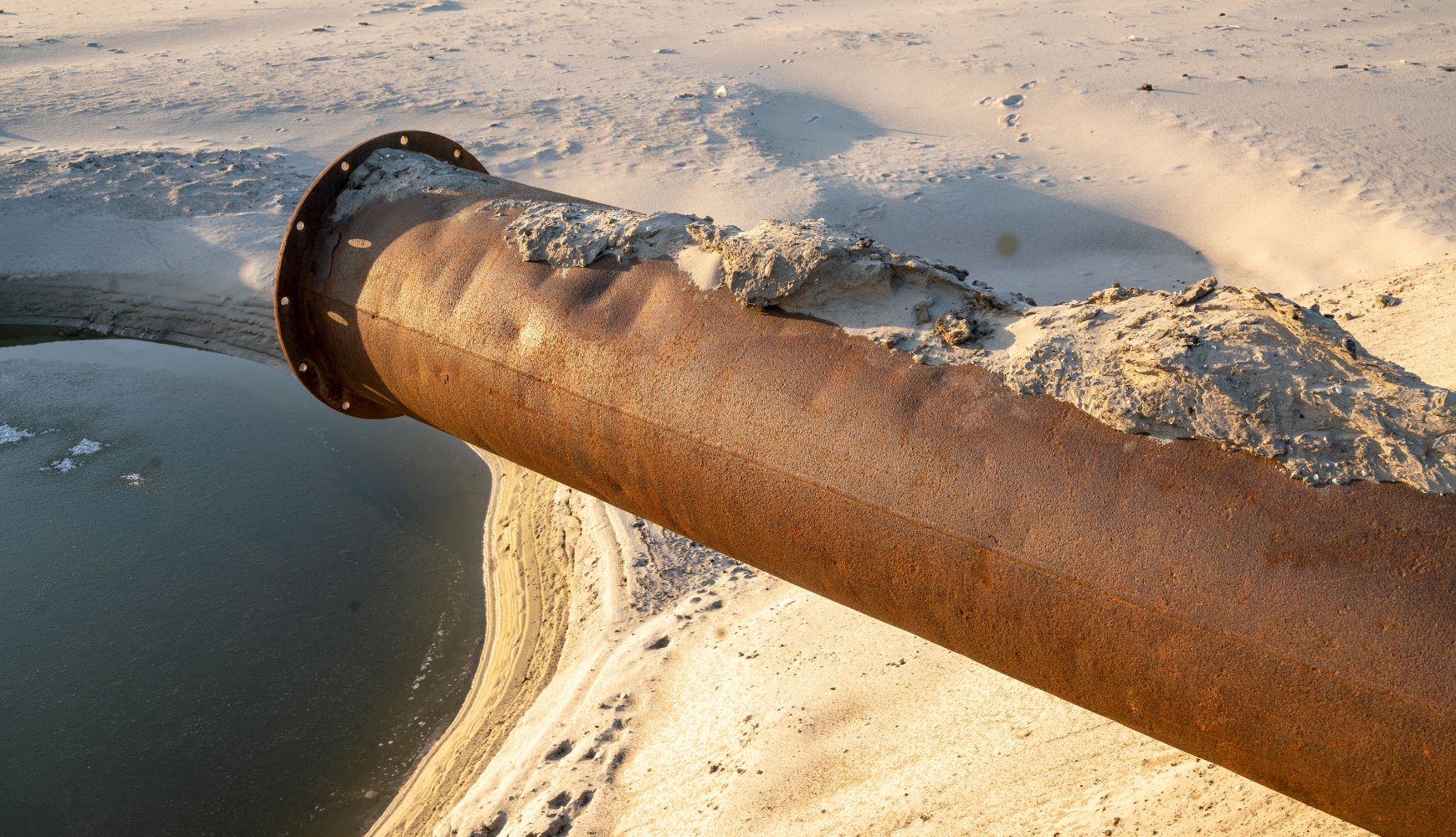
What Different Soil Can Mean for Your Dredging
Using a dredge the right way can be tricky because many factors can impact your dredging efforts. Knowing where to dig can make a big difference your success. Here’s what different soil can mean for your dredging.
Gravel
In some cases, you may need to dredge where the bed is rocky or gravelly. This can impact your dredging by making it more difficult to keep your equipment in good condition. You may need a more rugged dredge to prevent damage during operations.
Most dredges can pick up small rocks, making it necessary to find the ideal location for raking through the earth. Removing gravel from a watershed can worsen bank erosion, so stay away from infrastructure such as roads or bridges.
Sand
Sand is another common type of soil you’ll probably encounter while dredging. In some cases, maintenance crews may need to dredge sandy areas to improve access to channels, banks, and other shallow bodies of water.
Sand dredging is often a part of land reclamation, making it essential for ongoing economic activity. Specialized sand dredging pumps are common since they’re resistant to abrasion. They work well for course materials such as sand.
Clay
Soil that contains clay can be hard and compact, making it difficult to dig into. In such cases, crews often need to employ a backhoe or equipment with increased suction to break through the material and start work.
Separating clay from river water through decanting can take a lot of effort. However, by digging over the top layer, crews can create a cap that breaks up and aerates the soil, making it easy to bring to the surface.
Get More for Your Efforts
Dredging is a high-impact process that can quickly stir up silt in the water, making it more difficult to extract desired materials. A 2-inch backpack dredge will give you a portable option to scour hard-to-reach locations. Knowing what different soil can mean for your dredging efforts will allow you to maximize your investment, time, and effort.

